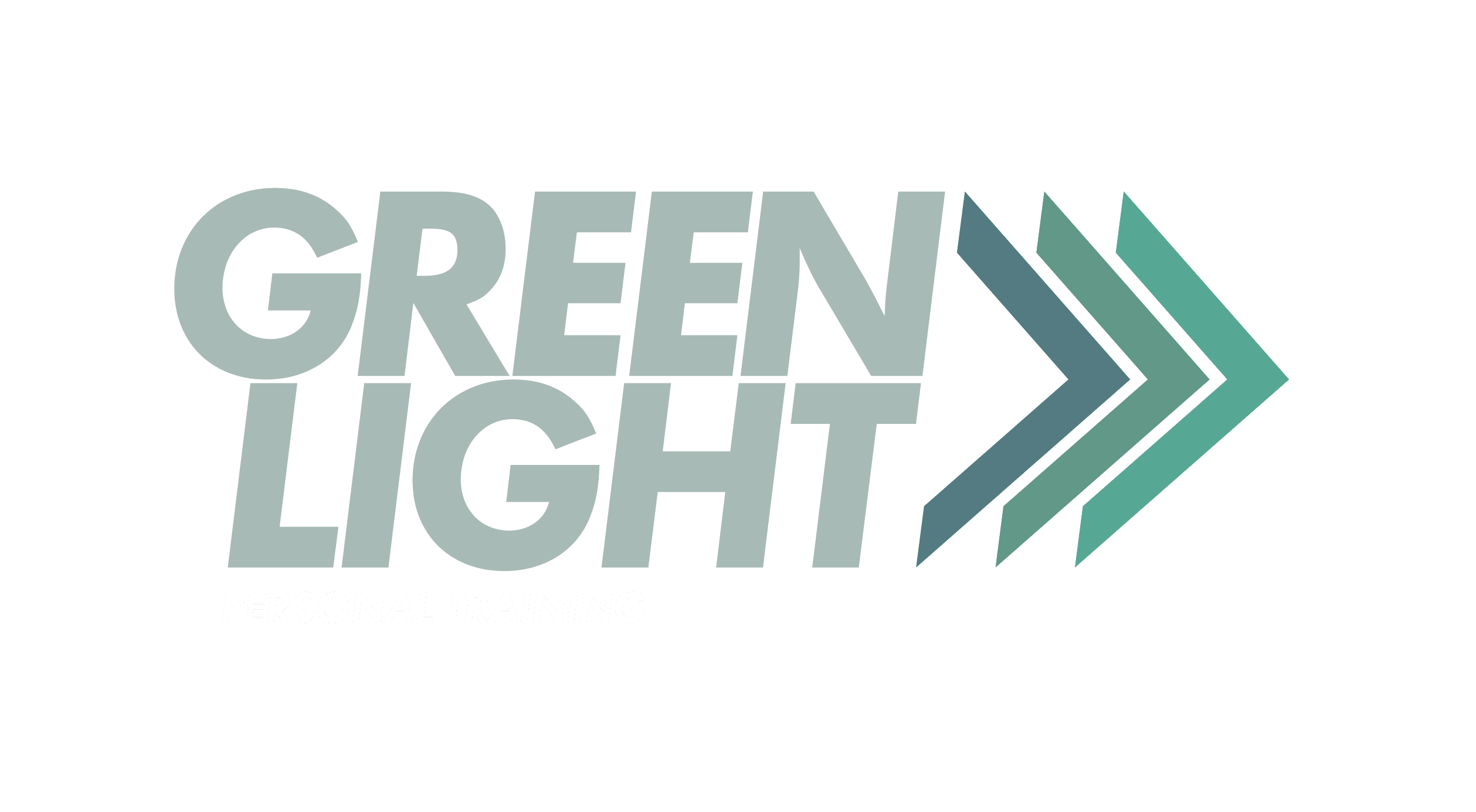Tips For Eating Healthy If You’re On A Budget
At Greenlight, we understand the challenges of balancing a busy work life, family responsibilities, and maintaining a healthy lifestyle. Many of you want to eat nutritiously but are concerned about the cost. Let us assure you that eating healthy doesn’t have to strain your budget. With some smart planning and shopping strategies, you can nourish your body without breaking the bank.

The Power of Planning
- Weekly Meal Planning: We recommend dedicating 15-20 minutes each weekend to plan your meals for the upcoming week. This simple step can significantly reduce impulse purchases and unhealthy food choices.
- Leverage Technology: Utilize grocery list apps or meal-planning apps with built-in grocery list features. These tools can streamline your shopping process and help you stick to your plan.
- Batch Cooking: Try spending a couple of hours on the weekend preparing meals in large quantities. Store portions in the refrigerator or freezer for quick, healthy meals during busy weekdays.
- Prepare Snacks in Advance: Cut up vegetables and fruits, then store them in individual portions in the refrigerator. This preparation ensures you and your family have healthy, ready-to-go snacks at all times.
- Inventory Check: Before planning meals or shopping, check your pantry, refrigerator, and freezer. Plan meals around ingredients you already have to minimize waste and save money.

Smart Shopping Strategies
- Hunt for Deals: We encourage you to keep an eye out for specials and sales, particularly on frozen and low-sodium canned produce. These items have a long shelf life and are excellent for stocking up.
- Embrace Coupons and Rewards: Use coupons and join store reward programs. These can lead to significant savings over time.
- Seasonal Shopping: Purchase fruits and vegetables when they’re in season. They’re not only more affordable but also at their peak in terms of flavor and nutritional value.
- Whole Foods Over Prepared: We advise avoiding pre-cut or individually packaged foods. While convenient, they often come with a markup. Buying whole produce and preparing it yourself can lead to substantial savings.
- Explore Local Options: Visit farmers markets or local farmstands. The produce is often fresher and can be more affordable, especially when bought in season.
- Buy in Bulk: For items you use frequently, consider buying in larger quantities. If the amount is too much for your household, split the cost and products with friends or family members.
- Compare Unit Prices: Don’t assume that larger packages are always cheaper. We suggest comparing the unit price (price per ounce or pound) to ensure you’re getting the best deal.

Cultivating Healthy Habits
- Start Small: We always advise beginning with minor changes to your diet and shopping habits. Over time, these small adjustments will add up to significant improvements in both your health and your budget.
- Gradual Implementation: Focus on incorporating one new healthy change each week. This approach prevents overwhelm and increases the likelihood of long-term success.
- Family Involvement: Get your entire family engaged in the process. Assign roles in meal planning and preparation. For children, turn nutrition education into a fun activity, like a game of finding the healthiest options in each aisle.
- Expand Your Culinary Skills: We encourage you to learn to cook simple, healthy meals. Preparing food at home is often more economical and healthier than eating out or buying pre-made meals.
- Meal Prep Sundays: Designate Sunday (or any day that works for you) as meal prep day. Wash and chop vegetables, cook grains, and prepare proteins for the week ahead.
- Smart Leftovers: Plan for leftovers. Cook extra portions of dinner to use for lunch the next day, saving both time and money.
- Grow Your Own: If possible, start a small herb garden or grow some vegetables. Even a few pots on a windowsill can provide fresh herbs and save money over time.

Remember, adopting a healthy diet on a budget is entirely achievable. It’s about making informed choices, planning ahead, and being creative with your resources. These strategies not only benefit your health but also your financial well-being.
At Greenlight, we’re happy to support you on this journey. If you need more specific advice or have questions about implementing these strategies, book a free session with us here. With consistency and patience, you’ll soon find that eating nutritiously and economically becomes second nature. Here’s to your health and your savings!

